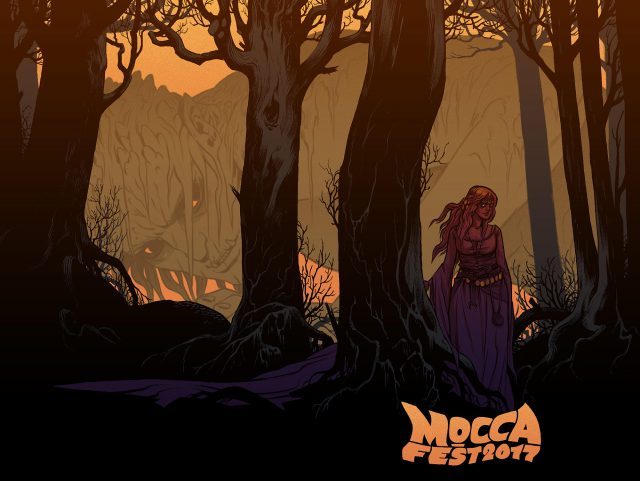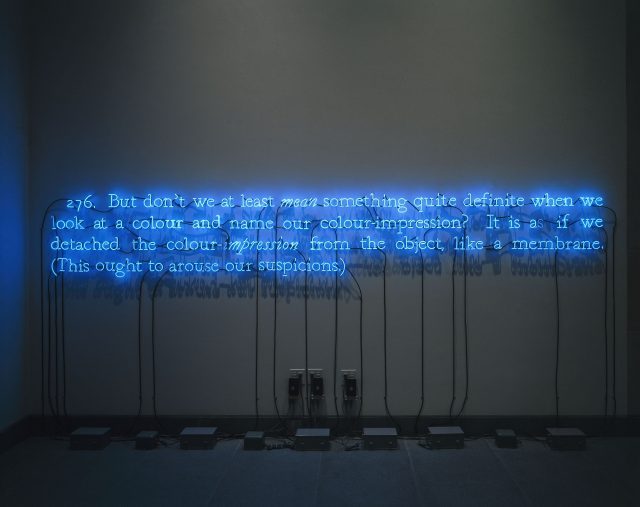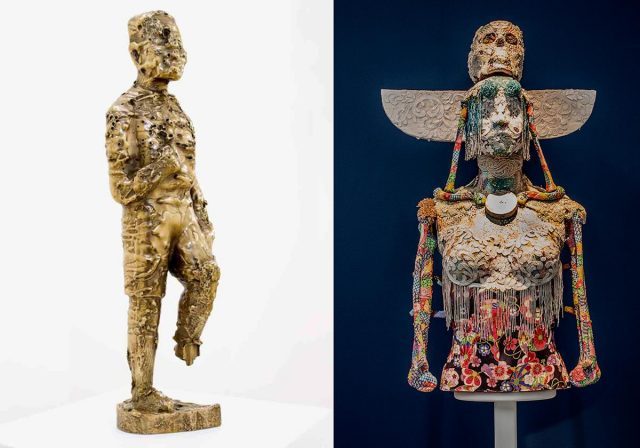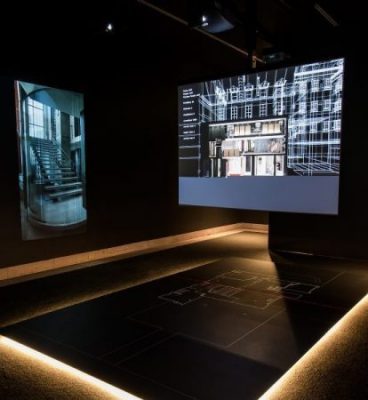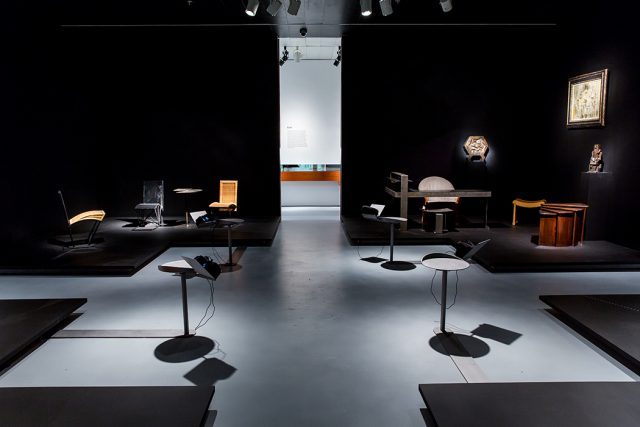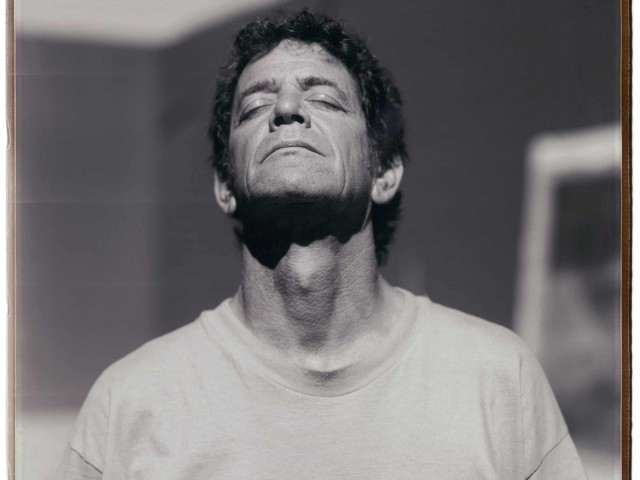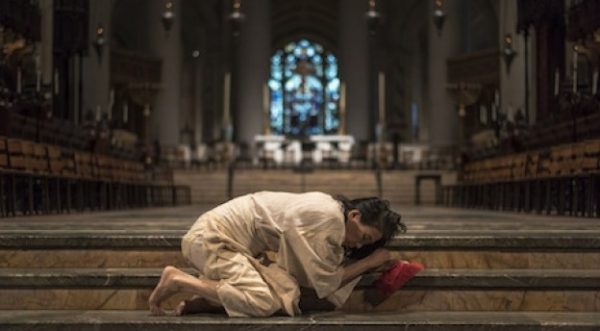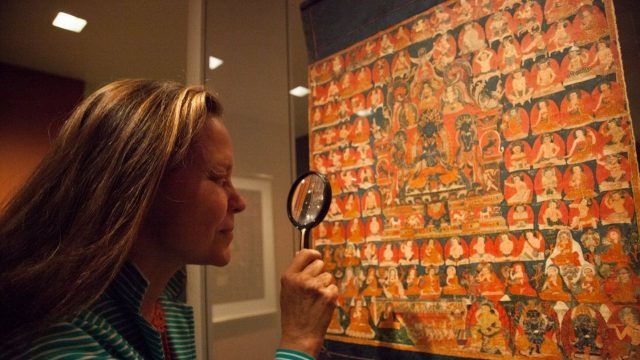
Slow Art Day encourages museumgoers to spend more time with select works (courtesy Rubin Museum)
Rubin Museum, 150 West 17th St. at Seventh Ave., $10-$15, 212-620-5000, 11:00 – 6:00
American Folk Art Museum, 2 Lincoln Square, free, 11:30 – 7:00
Saturday, April 8
www.slowartday.com
It’s a push push world out there, with everybody always on the move, rushing from place to place, face-deep in cell phones, not paying attention to their environment. Even when they do go to museums for a much-needed respite, many people are more interested in snapping selfies than actually taking a moment and looking at the art they’ve paid to see. The average museumgoer spends approximately seventeen seconds with a work of art, the equivalent of reading a tweet instead of in-depth articles about topics they’re interested in. That’s essentially why Slow Art Day began back in 2009, initiated by Phil Terry, who was the CEO of Creative Good then and now heads Collaborative Gains. The idea is simple: On April 8, participating institutions around the world, which include the Rubin Museum and the American Folk Art Museum in New York City, encourage visitors to spend between five and ten minutes looking at five preselected works of art, then talk about the experience with a host or other museumgoers. “To view art slowly is to take the time to be fully present and to initiate a meaningful conversation between one’s own mind and heart and that of the artist,” Rubin Museum docent Jiawen explains in a statement. At the Rubin, which is currently showing “Masterworks of Himalayan Art,” “OM Lab,” “Sacred Spaces: Himalayan Wind and the Tibetan Buddhist Shrine Room,” and “Gateway to Himalayan Art,” there will be Slow Art Day tours at 1:00 and 3:00, as well as a new mindfulness audio tour narrated by Sharon Salzberg and Kate Johnson. At the American Folk Art Museum, where “Carlo Zinelli (1916–1974)” and “Eugen Gabritschevsky: Theater of the Imperceptible” are on view, Slow Art Day offers visitors the opportunity to not only spend more time with artworks but to sketch them. Of course, you can take the Slow Art Day concept to any museum or gallery of your choosing, and you don’t have to do it only one day a year; it’s a fascinating way to get inside a work, and inside yourself, while understanding more about the world at large, which is what art is all about, all the time.
